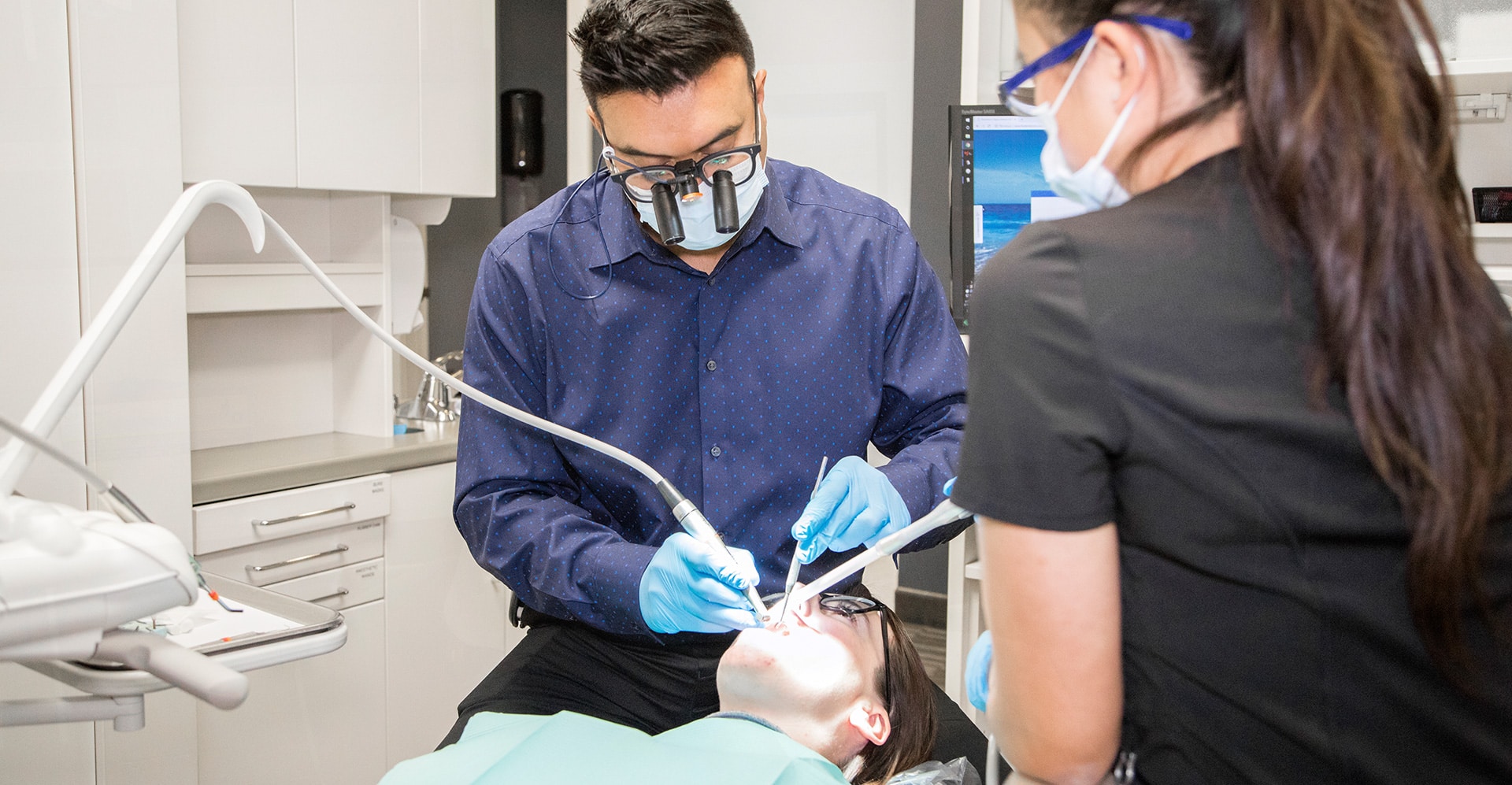The term malocclusion refers to an incorrect relationship between the maxilla (upper arch) and the mandible (lower arch), or to an overall misalignment of the teeth. A malocclusion is such a common condition that most individuals experience one, to some degree, at some point in their lives. In most cases, poor oral habits and genetic influences play a significant role in the development of disaligned teeth.
An orthodontist is typically required to treat moderate malocclusions. Dentists who specialize in the treatment of malocclusions as well as other facial irregularities are called orthodontic dentists.

When a severe malocclusion occurs, there may be skeletal disharmony in the lower face due to the malocclusion. An orthodontist may work in conjunction with a maxillofacial dentist in order to reconstruct the jaw in a more extreme case. Malocclusions can be treated at any time. The results of orthodontic realignment procedures have been delighted with by adults and children alike.
The following are some reasons to seek orthodontic treatment:
Dental braces usually fix malocclusions. An orthodontist takes panoramic x-rays, conducts a visual examination, and takes bite impressions before determining the best course of treatment. A malocclusion caused by overcrowding may require an extraction by the orthodontist in order to create enough space for realignment. Underbite, crossbite, and overbite, on the other hand, can be treated with several different orthodontic appliances, including:
Whenever you have questions regarding malocclusions, please do not hesitate to contact us.
Our dentists pride themselves on putting your needs first and offering FREE PARKING — a rarity for downtown dentists. We care and we listen. Our dentists have years of experience and are here to serve your needs at every appointment. If you have a question about your smile or need a second opinion, we’re here to help.

The Dental Room has been serving the community for several years in Downtown Calgary. We provide our patients with high-quality, affordable, and comprehensive dental care. In our general dentistry clinic, we utilize the latest in dental technology and techniques. Our goal is to provide a healthy and beautiful smile for a lifetime.
| Monday | 10:00 a.m. – 06:00 p.m. |
| Tuesday | 09:00 a.m. – 02:00 p.m. |
| Wednesday | 09:00 a.m. – 05:00 p.m. |
| Thursday | 09:00 a.m. – 05:00 p.m. |
| Friday | CLOSED |
| Saturday | CLOSED |
Copyright © The Dental Room All Rights Reserved